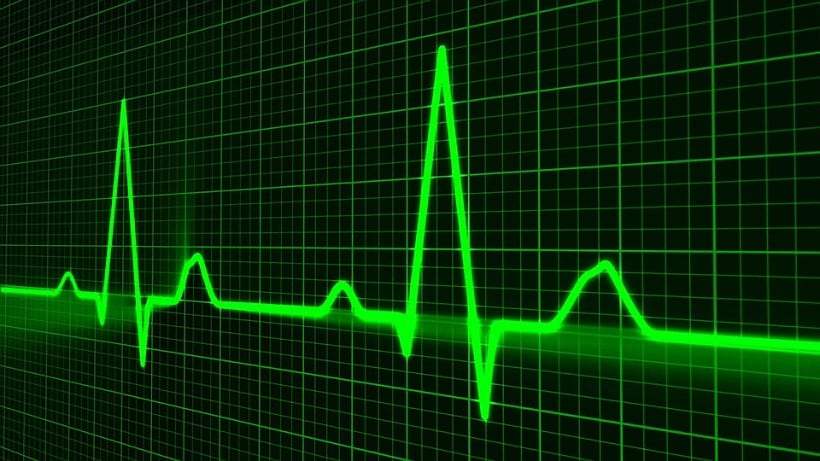By Dr Jonathan Shurlock
Cardiac arrest in the cardiac catheter laboratory, particularly during complex procedures, can be difficult to manage in a safe and efficient manner. With an increasing number of procedures performed annually (>300000) nine stakeholder societies have recognised the need for evidence based guidance which has been published in BMJ Heart.(1)
The guidance is broad ranging and warrants study by any individuals working in the cardiac catheter laboratory. While an element of the guidance remains aligned with the Resuscitation Council UKs Advanced Life Support protocol for managing cardiac arrest, there are many areas specific to this unique setting.
Some of the key areas where guidance differs include the role of defibrillation for shockable rhythms and pacing for asystolic arrest both prior to initiating external chest compressions. In addition the guidance discusses the use of intra-resuscitation imaging, not commonly available outside of the catheter laboratory environment including echocardiography and fluoroscopy.
One particularly challenging area to manage can be cardiac arrest during percutaneous coronary intervention (PCI), particularly if coronary occlusion is the suspected cause of arrest. In such situations the authors recommend mechanical chest compression with an external device while undergoing PCI.
The work covers other areas and the aforementioned in issues in greater detail and act as evidence-based guidance on potentially challenging clinical situations, where fast and effective decision making is key.
Read the full open access guideline here: https://heart.bmj.com/content/108/12/e3.info
Reference
- Dunning J, Archbold A, de Bono JP, et al. Joint British Societies’ guideline on management of cardiac arrest in the cardiac catheter laboratory. Heart 2022;108:e3.

